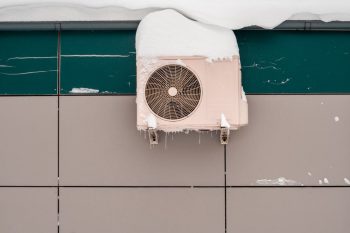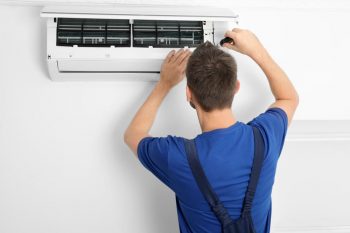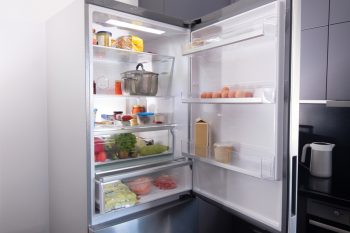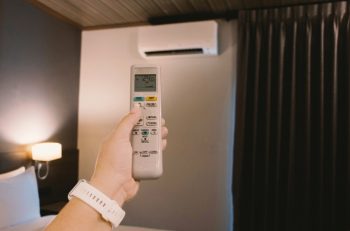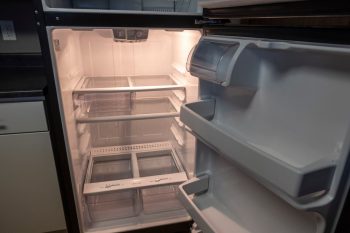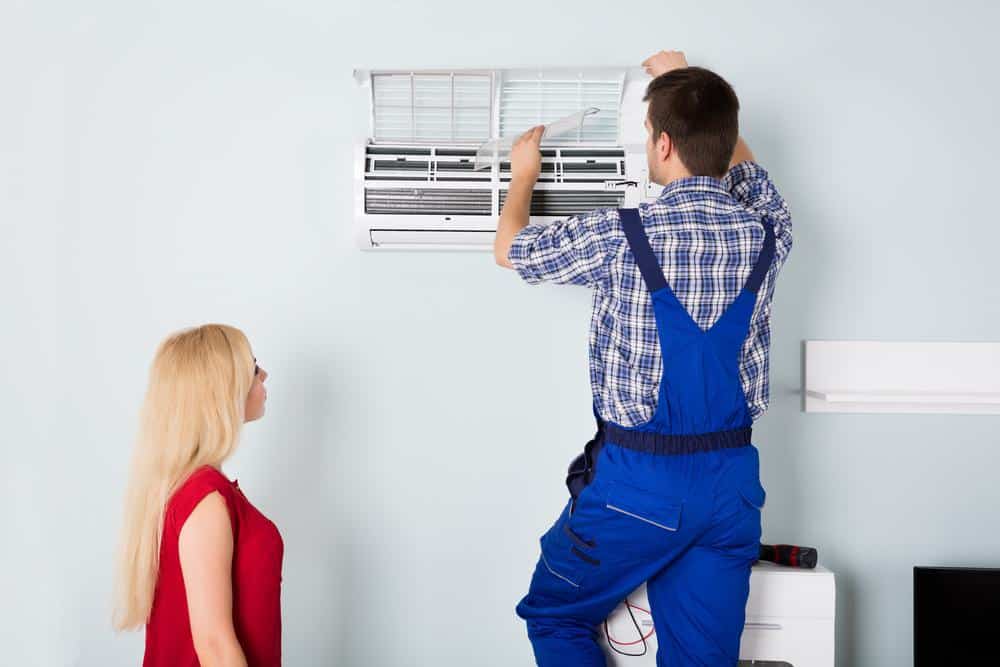
A “Through the Wall” air conditioner, as the name suggests, is a self-contained cooling device that is installed through an opening in a building’s wall. But what does that really mean, and how does it compare to other types of air conditioning units? In this comprehensive guide, we’ll dive deep into the world of through-the-wall air conditioners, exploring their functionality, benefits, drawbacks, installation process, and more.
A “Through the Wall” air conditioner is a cooling device that is installed through an opening in a wall, rather than sitting in a window frame. It functions similarly to a window air conditioner, but its placement makes it a more permanent and often more energy-efficient solution. These units are designed to cool a single room or specific area, and they create an airtight seal that maximizes cooling efficiency.
Understanding “Through the Wall” Air Conditioners
Through-the-wall air conditioners are designed to cool a single room or a specific area. They function similarly to window air conditioners, taking in hot air, cooling it, and releasing it back into the room. However, the difference lies in their placement and installation. Unlike window units that sit inside a window frame, through-the-wall air conditioners are installed in a wall opening. This makes them a more permanent and energy-efficient solution, as they create an airtight seal that minimizes leaks and maximizes cooling efficiency.
Benefits of “Through the Wall” Air Conditioners
Through-the-wall air conditioners offer several advantages:
- Energy Efficiency: These units are generally more energy-efficient than window air conditioners, as they create an airtight seal that prevents air leaks.
- Cooling Capacity: Wall air conditioners typically have better cooling capacity than window units, allowing them to cool a room faster.
- Unobstructed View: Unlike window units, through-the-wall air conditioners do not block the view from your window.
- Quieter Operation: These air conditioners tend to operate more quietly than window units, providing a more comfortable environment.
- Aesthetically Pleasing: These units fit tightly inside the wall, making them less obtrusive and more visually appealing than window units.
Drawbacks of “Through the Wall” Air Conditioners
Despite the benefits, there are also some drawbacks to consider:
- Installation Cost: These units are generally more expensive and require professional installation.
- Permanent Installation: Unlike window units that can be easily removed, through-the-wall units are a more permanent solution.
- Limited Flexibility: These units are designed to cool a single room, so they may not be the best option for cooling multiple rooms or an entire house.
Installation Process
Installing a through-the-wall air conditioner involves creating a hole in the wall, installing a wall sleeve for support, and sliding the air conditioner unit into the sleeve. While skilled DIYers may be able to handle this, it’s often best to hire a professional to ensure a smooth and safe installation.
Choosing the Right Unit
Before purchasing a through-the-wall air conditioner, consider factors like room size, energy efficiency, noise levels, voltage requirements, and additional features. Some popular brands to consider include LG, Keystone, Friedrich, and Whirlpool.
Maintenance Requirements
To keep your through-the-wall air conditioner running smoothly, regular maintenance is essential. This includes cleaning or replacing the filter, cleaning the coils, and inspecting the seal between the air conditioner and the wall.
In conclusion, a “Through the Wall” air conditioner is a durable, energy-efficient, and aesthetically pleasing cooling solution. While they require a more complex installation process and are more permanent than window units, their benefits often outweigh these drawbacks, making them a worthwhile investment for many homeowners.
Frequently Asked Questions
How much does a through-the-wall air conditioner typically cost?
The cost of a through-the-wall air conditioner can vary depending on the brand, model, and cooling capacity. Typically, it can range from $400 to over $1000.
Can I install a through-the-wall air conditioner by myself?
While it’s possible for skilled DIYers to install a through-the-wall air conditioner, it’s generally recommended to hire a professional. This ensures a proper and safe installation, which is crucial for the unit’s performance and longevity.
How often should I clean or replace the filter of my through-the-wall air conditioner?
It’s typically recommended to clean or replace the filter every month during the cooling season. However, this can vary depending on the air quality in your home and the specific recommendations of the unit’s manufacturer.
Does a through-the-wall air conditioner also provide heating?
Some through-the-wall air conditioner models do have a heating function. These are often referred to as “through-the-wall heat/cool air conditioners”. However, not all models have this feature, so it’s important to check this before purchasing.
Can I use a through-the-wall air conditioner to cool multiple rooms?
Through-the-wall air conditioners are designed to cool a single room or a specific area. If you have an open floor plan or small adjacent rooms, the unit may be able to cool those areas as well. However, for larger homes or multiple separate rooms, a central air conditioning system or multiple wall units may be more efficient.




